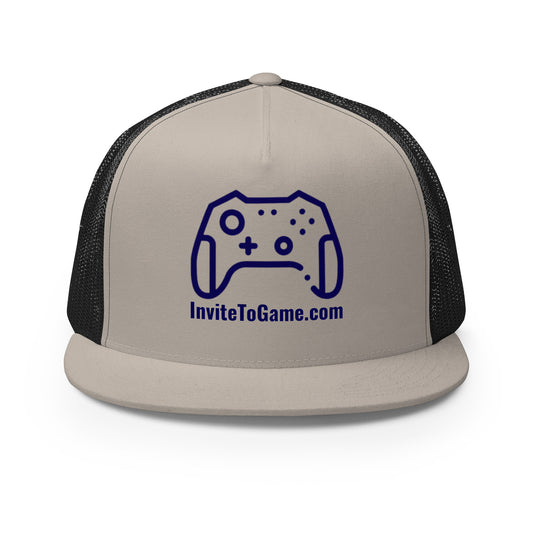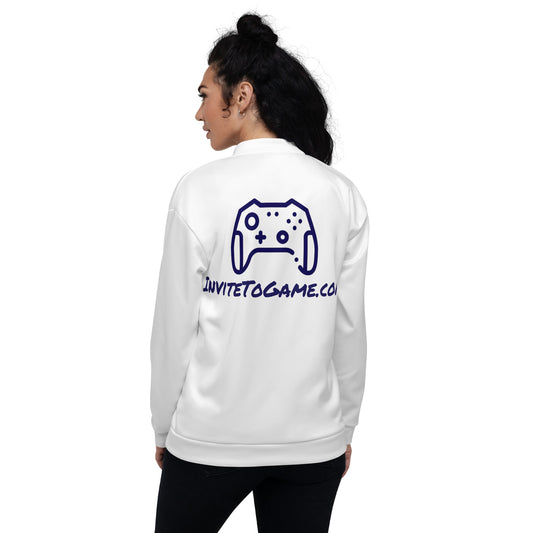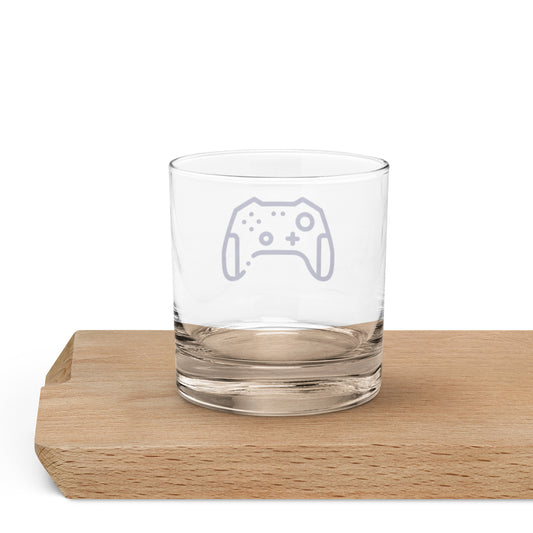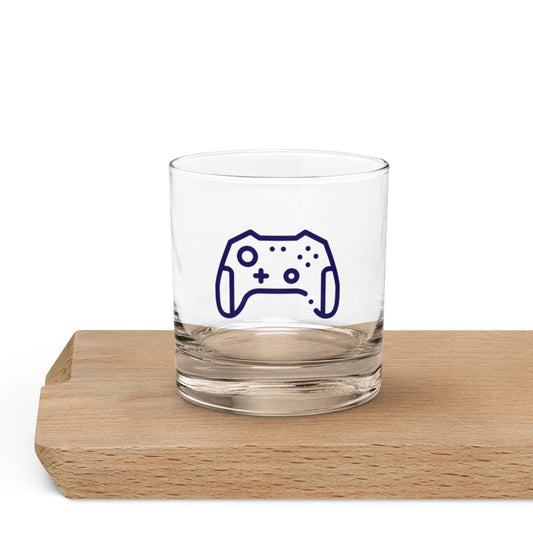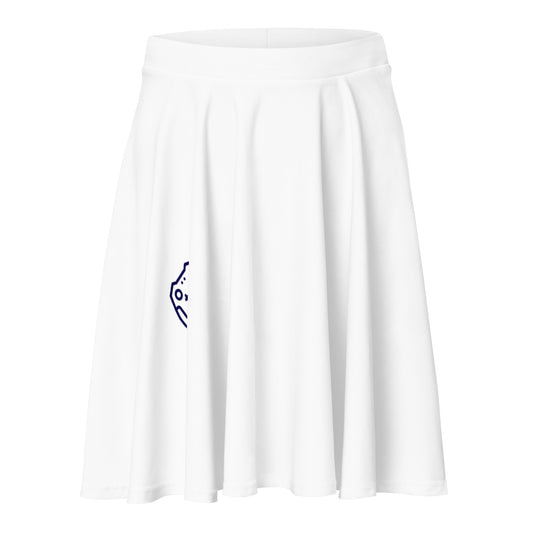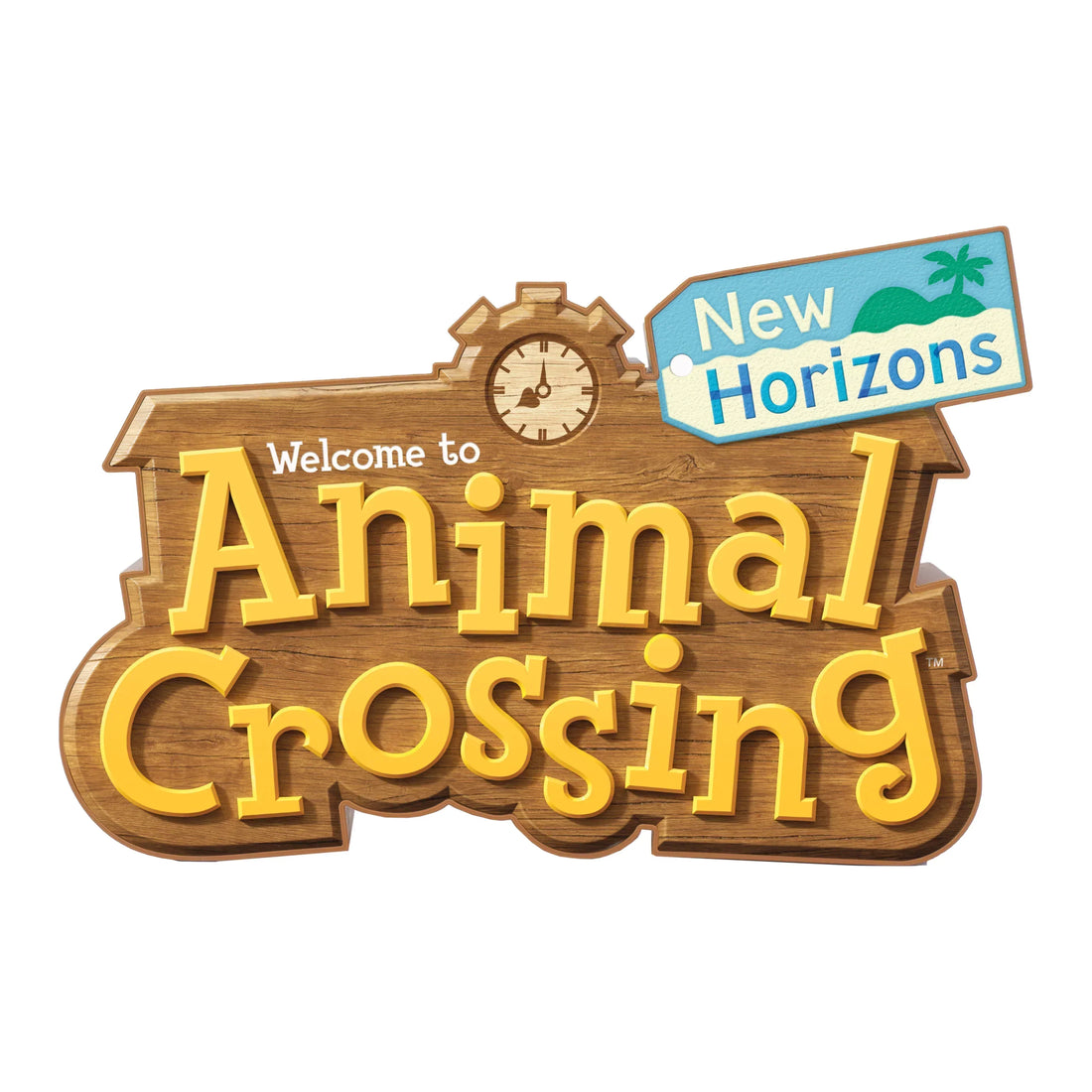
Animal Crossing: New Horizons
Joshua BrunhoffAnimal Crossing: New Horizons - A Comprehensive Guide
Introduction
Released in March 2020, Animal Crossing: New Horizons became a worldwide sensation, especially during the early days of the global pandemic. Offering a peaceful, immersive experience that was in stark contrast to the chaos of the outside world, it quickly became a fan favorite. This article explores the game's essentials, how to play it, the vibrant community around it, and a glossary to help newcomers navigate the game.
Section 1: Who, What, When, Where, and Why of Animal Crossing: New Horizons
Who
Animal Crossing: New Horizons is developed and published by Nintendo. It is part of the Animal Crossing series, which has been a staple for Nintendo since its debut in 2001. The game was developed by the Nintendo EPD division, led by director Aya Kyogoku and producer Hisashi Nogami. The game stars the player, who takes on the role of a customizable character that moves to a new island and builds a life surrounded by anthropomorphic animals.
What
Animal Crossing: New Horizons is a life-simulation video game that focuses on building, decorating, and interacting with the world at your own pace. The player starts with a deserted island and gradually develops it into a thriving community. The gameplay is open-ended, meaning there are no set goals or time limits, making it a stress-free experience. The game blends elements of crafting, fishing, bug-catching, fossil hunting, and socializing with neighbors.
In addition to single-player mode, players can visit each other's islands in multiplayer mode, exchanging gifts and resources or simply enjoying each other’s creations.
When
The game was released on March 20, 2020, exclusively for the Nintendo Switch. The timing of the release was pivotal, as it coincided with the onset of the COVID-19 pandemic, when many people were seeking a form of escapism and a way to socialize virtually. The game’s calming nature and emphasis on community made it the perfect antidote to the stress of the real world.
Where
The game is set on a deserted island that the player moves to, and over time, the island becomes a customizable paradise. The player’s interactions occur in both the natural environment of the island and inside their in-game home. Players can visit other islands around the world through online multiplayer, creating a global community that interacts despite geographical distance.
Why
Animal Crossing: New Horizons appeals to a wide audience for several reasons. Its non-violent, casual gameplay is perfect for players of all ages. The open-ended nature of the game allows players to craft their ideal experience, from designing their dream home to making unique friendships with the animal residents. The game’s relaxed pace offers a much-needed escape from the pressures of everyday life, allowing players to engage in mindfulness and creativity.
The game also thrives on its social aspect. Whether through online interactions or offline visits to friends' islands, it offers a sense of connection and shared experience, which became especially important during the pandemic lockdowns.
Section 2: How To Play Animal Crossing: New Horizons
Animal Crossing: New Horizons offers a unique gameplay loop that encourages creativity, exploration, and social interaction. Here’s a breakdown of how to play:
1. Starting Your Island
When you first start the game, you’re greeted by Tom Nook, the series' iconic raccoon character, who guides you through the basics. You begin by selecting an island plot and customizing your character. The game starts with minimal resources, and you’ll work with Tom Nook to gather materials and build your first structures.
2. Daily Life and Tasks
Your island functions on a real-time clock, and much of the gameplay revolves around performing daily activities. Some of the core tasks include:
- Fishing and Bug Catching: Scour your island for different species that change with the seasons. These creatures can be caught and either displayed in your museum or sold for Bells (the game’s currency).
- Fossil Hunting: Explore your island for fossils, which can be donated to the museum or sold.
- Crafting: As you progress, you’ll gain the ability to craft furniture, tools, and even buildings using materials like wood, stone, and iron nuggets.
- Island Customization: You can redesign the landscape by placing furniture, paths, and even terraforming the terrain. Your goal is to create an island that feels uniquely yours.
- Socializing with Villagers: The island is home to a group of animal villagers, each with their own personalities. You can form friendships with them by chatting, giving gifts, and completing their requests. Over time, you can invite new villagers to move in or even persuade others to leave.
3. Special Events
Animal Crossing is famous for its seasonal events, which vary based on real-world holidays and in-game seasons. These events offer unique activities, limited-time items, and festive decorations. For example, Bunny Day in spring or Toy Day in December provides opportunities to collect exclusive items.
4. Online Features
One of the most exciting aspects of New Horizons is the ability to visit other players' islands. You can invite friends via local or online play, exchange items, and even help each other out with large tasks. The game’s online infrastructure promotes a sense of global community, where players can trade, show off their island designs, and experience new cultural influences.
5. Upgrading and Progression
As you progress in the game, you’ll be able to upgrade your house and even build a town hall. You’ll also be able to attract new villagers, collect more rare resources, and explore new horizons. There are virtually no “end goals” in the game, which means you’re free to progress at your own pace. However, certain milestones like the completion of your museum or the development of new island facilities can give you a sense of accomplishment.
Section 3: The Community of Animal Crossing: New Horizons
One of the most unique aspects of Animal Crossing: New Horizons is its community. From the moment you start playing, you’re invited to share your creations with the world, either by visiting friends or through various social media platforms.
1. Social Media and Sharing
Players around the world often share screenshots of their islands on platforms like Twitter, Instagram, Reddit, and TikTok. The hashtag #ACNH (Animal Crossing: New Horizons) is used by millions of players to showcase their designs, the villagers they’ve befriended, and the seasonal events they’ve enjoyed.
The Animal Crossing community also has an active presence on platforms like Reddit, where users create subreddits like r/AnimalCrossing to discuss tips, trade, and show off their in-game accomplishments. These communities are vibrant and welcoming, fostering creativity and camaraderie.
2. Online Visits and Dream Addresses
Players can visit each other’s islands via online play. Islands are often designed with unique themes, from tropical paradises to winter wonderlands. Dream Addresses allow players to visit islands in a more passive way—without interacting in real-time. By entering another player's Dream Address, you can explore their island as if it were your own.
3. Trading and Events
Many Animal Crossing players engage in trading, where they exchange items or in-game currency like Bells. Some players set up organized events, such as "turnip stock markets" (the game’s stock market-like feature) or "villager giveaways," to help others progress in the game. Through these community-driven activities, players help each other out and share the joys of the game.
4. Virtual Gatherings
Since the game's release during the pandemic, Animal Crossing: New Horizons became a social hub for people who were unable to meet in person. Players hosted virtual gatherings for birthdays, holidays, and even concerts on their islands, providing a sense of togetherness in challenging times.
Section 4: Glossary of Terms in Animal Crossing: New Horizons
Here’s a glossary to help both new and seasoned players navigate the game:
- Bells: The in-game currency used to buy items, upgrades, and services.
- Nook Miles: A secondary currency earned by completing various tasks. You can exchange these miles for special items and upgrades.
- Tom Nook: The raccoon character who serves as the game's main vendor and guide.
- Villagers: The animal residents of your island. Each villager has their own personality and can become friends (or leave the island if they choose).
- Turnips: An item that can be bought from Daisy Mae on Sundays and sold to Timmy and Tommy at Nook's Cranny for a profit (based on fluctuating prices). This is a reference to the real-world stock market.
- K.K. Slider: A traveling musician who visits your island every Saturday evening to perform a song. You can collect his music to decorate your home.
- Nook's Cranny: The island's shop, run by Timmy and Tommy, where you can purchase items for Bells.
- Blathers: The owl who runs the museum. He accepts various items like fish, bugs, and fossils to add to the museum exhibits.
- Island Designer: A tool that allows you to terraform your island—change its layout, create rivers, and build paths.

